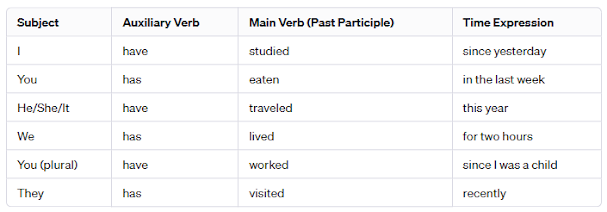Language learning is a journey filled with exploration, and educators are always on the lookout for effective tools to make this journey more engaging and insightful. One such tool that plays a pivotal role in language education is the substitution table. This article delves into what substitution tables are, their uses, benefits, and provides illustrative examples to showcase their application.
Understanding Substitution Tables:
At its core, a substitution table is a structured chart that demonstrates how elements within a sentence can be replaced or substituted while maintaining grammatical correctness. These tables are particularly valuable in teaching grammar and vocabulary, offering learners a dynamic way to manipulate language components.
Uses of Substitution Tables:
1. Grammar Reinforcement:
Substitution tables serve as powerful aids in reinforcing grammar concepts. They allow learners to visualize the flexibility of language structures by substituting different parts of speech, such as nouns, verbs, and prepositions.
2. Vocabulary Expansion:
These tables provide a platform for vocabulary exploration. Learners can experiment with substituting words while keeping the overall sentence structure intact, promoting a richer and more varied lexicon.
3. Creativity in Language Use:
Substitution tables encourage creativity in language expression. By offering varied options for word choice, learners can discover different ways to convey the same idea, fostering a deeper understanding of linguistic nuances.
4. Contextual Learning:
The contextual nature of substitution tables aligns with communicative language teaching approaches. Learners engage in meaningful exercises, constructing sentences that reflect real-world scenarios and enhancing their ability to use language in contex
Benefits of Substitution Tables:
Through regular practice with substitution tables, learners become more
flexible and adept at constructing sentences. This adaptability is invaluable
in real-life communication.
Substitution tables promote a deeper understanding of grammar rules and
sentence structures. Learners can actively observe how changes in elements
impact the overall meaning of a sentence.
The freedom to substitute elements cultivates creativity in language
use. Learners are empowered to experiment with words and structures, leading to
more expressive and nuanced communication.
Whether used with beginners or advanced learners, substitution tables
can be adapted to various proficiency levels. They offer a scalable and
versatile tool for language educators.
Illustrative Examples:

No comments:
Post a Comment